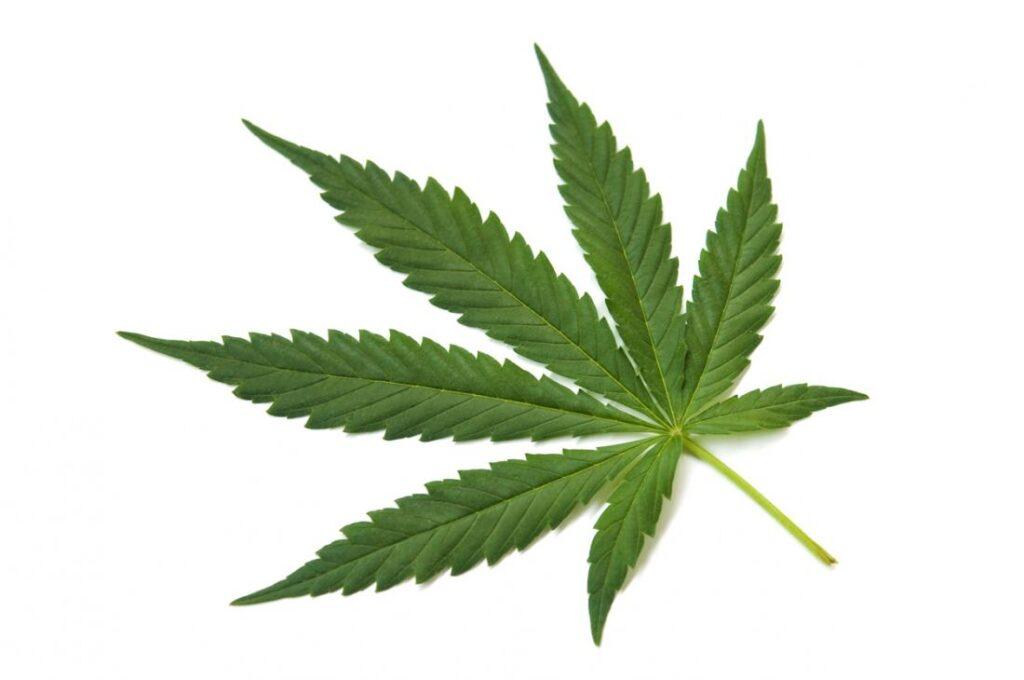Survey data released today by the US Department of Health and Human Services shows that legalizing marijuana at the state level is not associated with an increase in teen marijuana use; instead, it correlates with a significant decrease in teen usage rates.
 According to data provided by the Substance Abuse Mental Health Services Administration’s (SAMHSA) most recent National Survey on Drug Use and Health, teenagers are notably less likely to consume marijuana now than they were in 2014, the first year in which any state allowed licensed marijuana sales (that year Colorado and Washington became the first states with legal marijuana stores). In the decade since, 22 other states have legalized recreational marijuana.
According to data provided by the Substance Abuse Mental Health Services Administration’s (SAMHSA) most recent National Survey on Drug Use and Health, teenagers are notably less likely to consume marijuana now than they were in 2014, the first year in which any state allowed licensed marijuana sales (that year Colorado and Washington became the first states with legal marijuana stores). In the decade since, 22 other states have legalized recreational marijuana.
The NSDUH data indicates that from 2014 to 2023, the percentage of individuals aged 12 to 17 who reported ever trying marijuana decreased by 18%. Additionally, the number of teens who reported using cannabis in the past year declined by 15%, and those currently using marijuana fell by 19%.
Paul Armentano, NORML Deputy Director, commented on the federal survey data, stating, “Sensational claims that adult-use legalization laws are linked with greater marijuana use by teens are simply not backed by reliable data. These government findings ought to reassure lawmakers that cannabis access can be legally regulated in a manner that is safe, effective, and that does not inadvertently impact young people’s habits.”
This NSDUH data aligns with previous reports from the US Centers for Disease Control and others, showing a consistent decline in marijuana use among adolescents.







